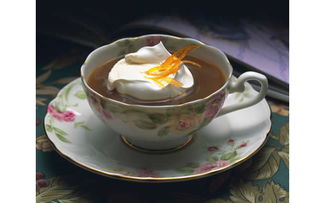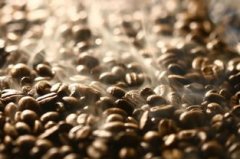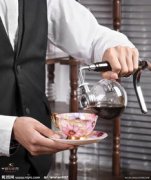How to choose the best time to drink good coffee beans and coffee
Choose fresh coffee beans. When buying, pay attention to whether the color of the beans and the size of the particles are the same. Good coffee beans are shiny and have a strong aroma without being mixed with peculiar smell. No matter what kind of coffee beans, freshness is an important factor affecting the quality. When shopping, grab one or two coffee beans in your mouth and chew them with a crisp sound (indicating that the coffee is not damp) and the fragrance of the teeth and cheeks is the top grade, but it is best to squeeze it with your hands to feel whether it is solid, rather than buying crispy coffee. If the coffee bean has lost its fragrance or smells stale, it means that the coffee bean is no longer fresh and is not suitable for purchase.

Freshly fried coffee beans are not suitable for immediate consumption and should be stored for a week to completely release the gas from the beans.
The taste of coffee lies in its aroma, which begins to lose as soon as the roasting is finished. No matter how expensive the coffee beans are, if they are not fresh, the taste will be greatly reduced. In his book Espresso coffee: the science of quality, Andrea Illy, the current boss of espresso illy, has an article detailing the "off-flavor" of coffee beans and the impact of different packaging methods on quality. Each kilogram of coffee beans, in an unsaturated environment, emits about 6 to 10 liters of carbon dioxide, equivalent to 1% to 1.2% of the total weight of beans. Of these, 35% were discharged in the first 3 days after baking. With the discharge of carbon dioxide, there is an equal amount of aromatic volatiles (volatile aromatics). In other words, there are some flavors that will dissipate if you don't drink the coffee beans for the first three days after stir-frying. The author further mentioned that stale beans not only "take away" the good taste, but also create a bad taste. The compounds in beans are affected by oxidation (oxidation) and the taste becomes negative. So coffee on supermarket shelves is usually slightly oily. Because it usually takes months to bake and import from foreign countries to the shelves. The "tasting period" (note: not a valid date) has long passed.
Generally speaking, the best drinking period for coffee is a week after stir-frying, when the coffee beans are the freshest and the Aroma taste is the best.
In addition, the purity of coffee beans is also another consideration. The expert candidate for coffee is not necessarily to look at the size of the particles, but to grab a handful of individual coffee beans (Regional Coffee), about dozens of portions, to see whether the color of each single bean is the same, and whether the particles are similar in size and shape, so as to avoid buying shoddy products disguised as mixed beans. But if it is a synthetic bean (Blended Coffee), it is a normal phenomenon that the size and color are different. In addition, heavy heat and medium-deep roasting will cause coffee beans to produce oil, but if the lightly roasted beans produce oil, they have gone bad, not only reducing aroma, but also astringent and sour taste. In short, when buying coffee, we should pay attention to its freshness, aroma and whether it is stale or not, and the ideal purchase quantity is to be able to drink it in half a month.
Important Notice :
前街咖啡 FrontStreet Coffee has moved to new addredd:
FrontStreet Coffee Address: 315,Donghua East Road,GuangZhou
Tel:020 38364473
- Prev

Coffee flavor classification and how to roast sour coffee
Sour mocha, Hawaiian sour coffee, Mexico, Guatemala, Costa Rica high real estate, Gillimanjaro, Colombia, Zimbabwe, El Salvador, Western Hemisphere washable high-grade new beans. Bitter Java, Mantenin, Bogota, Angola, Congo, Uganda all kinds of old beans. Sweet Colombian metenin, Venezuelan old beans, Blue Mountains, Gillimanjaro,
- Next

The basic common sense of boutique baristas makes the taste of beans more stable.
Andrea Illy has done a lot of scientific research on coffee packaging and quality maintenance. He believes that fried coffee needs to be aging in a monitored environment before being packaged. Because the taste of cooked coffee beans is more stable. However, he also made it clear that the definition of aging and stale is very vague. The author believes that this is the blind spot of the concept of "raising beans". The so-called bean cultivation is similar.
Related
- Beginners will see the "Coffee pull flower" guide!
- What is the difference between ice blog purified milk and ordinary milk coffee?
- Why is the Philippines the largest producer of crops in Liberia?
- For coffee extraction, should the fine powder be retained?
- How does extracted espresso fill pressed powder? How much strength does it take to press the powder?
- How to make jasmine cold extract coffee? Is the jasmine + latte good?
- Will this little toy really make the coffee taste better? How does Lily Drip affect coffee extraction?
- Will the action of slapping the filter cup also affect coffee extraction?
- What's the difference between powder-to-water ratio and powder-to-liquid ratio?
- What is the Ethiopian local species? What does it have to do with Heirloom native species?

